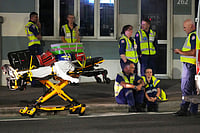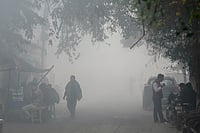The study was carried out in two stages. In the first, a comprehensive list of colleges in eight disciplines—engineering, medicine, dentistry, mass communication, social welfare, hotel management, law and architecture—was prepared. Experts were consulted to vet the list and point out any glaringomissions. In the second stage, the professionals were interviewed using a structured questionnaire. Institutes were rated on four broad parameters: selection process; academic excellence; infrastructure & facilities; industry exposure &placements (research & employability for medicine/dentistry). To arrive at the importance of these parameters (or weightages), a statistical tool known as conjoint analysis was used.
Respondents were asked to rank the top 10 institutes across India in their disciplines and then rank the top five institutes in each zone. For engineering/medical streams, zonal rankings were taken into account as the number of institutes is very large. The final score for each institute was arrived at by adding the all-India and zonal scores. Regional biases were removed by allotting zonewise weightages to the samples. Objective data was also sought from the engineering, medical and dental colleges; this audited data was used for the supplementary tables.





















